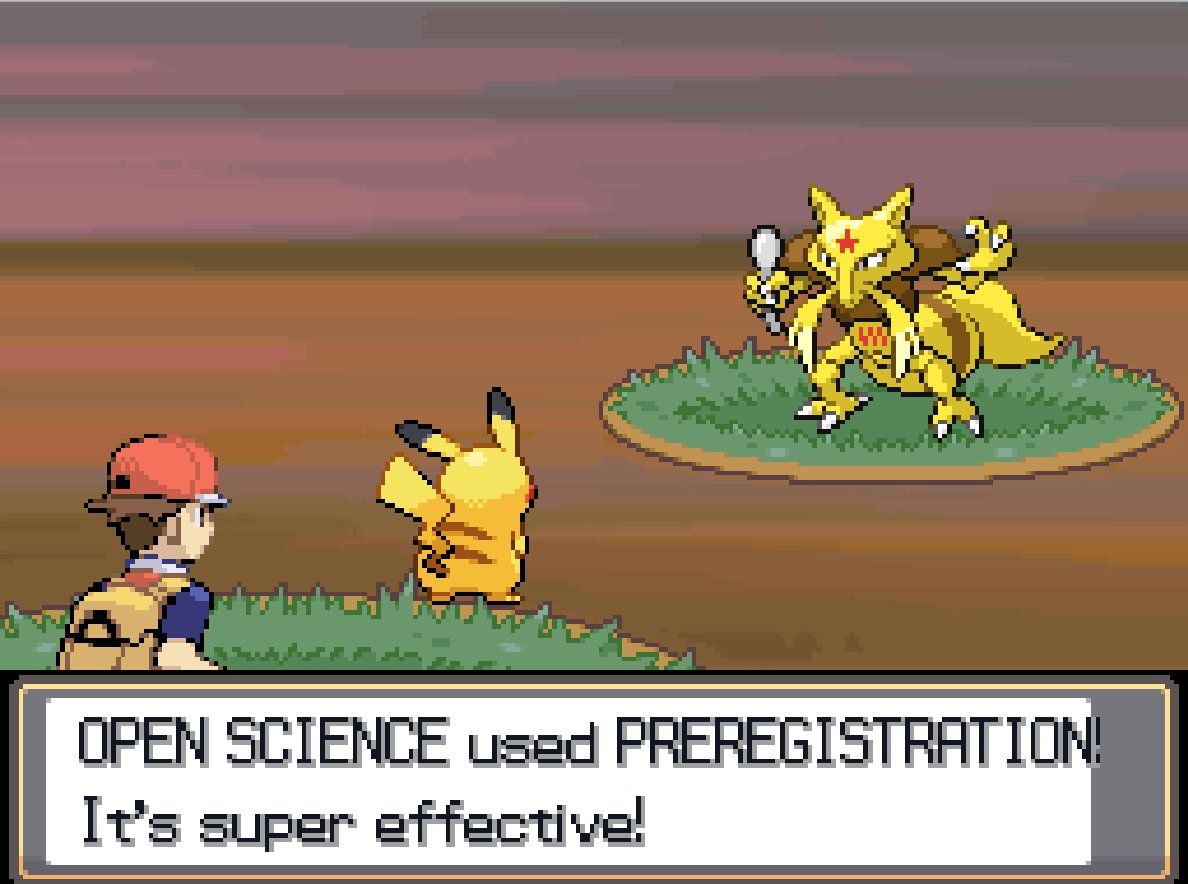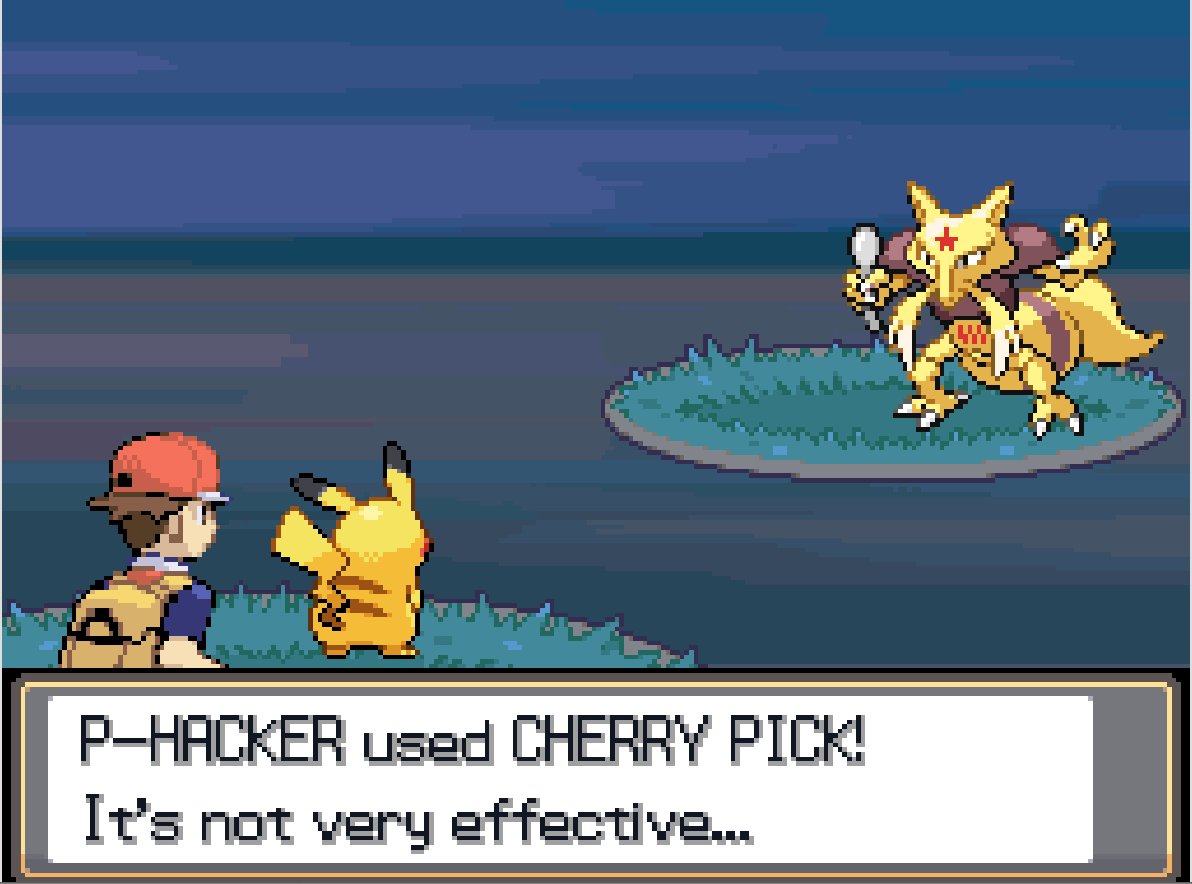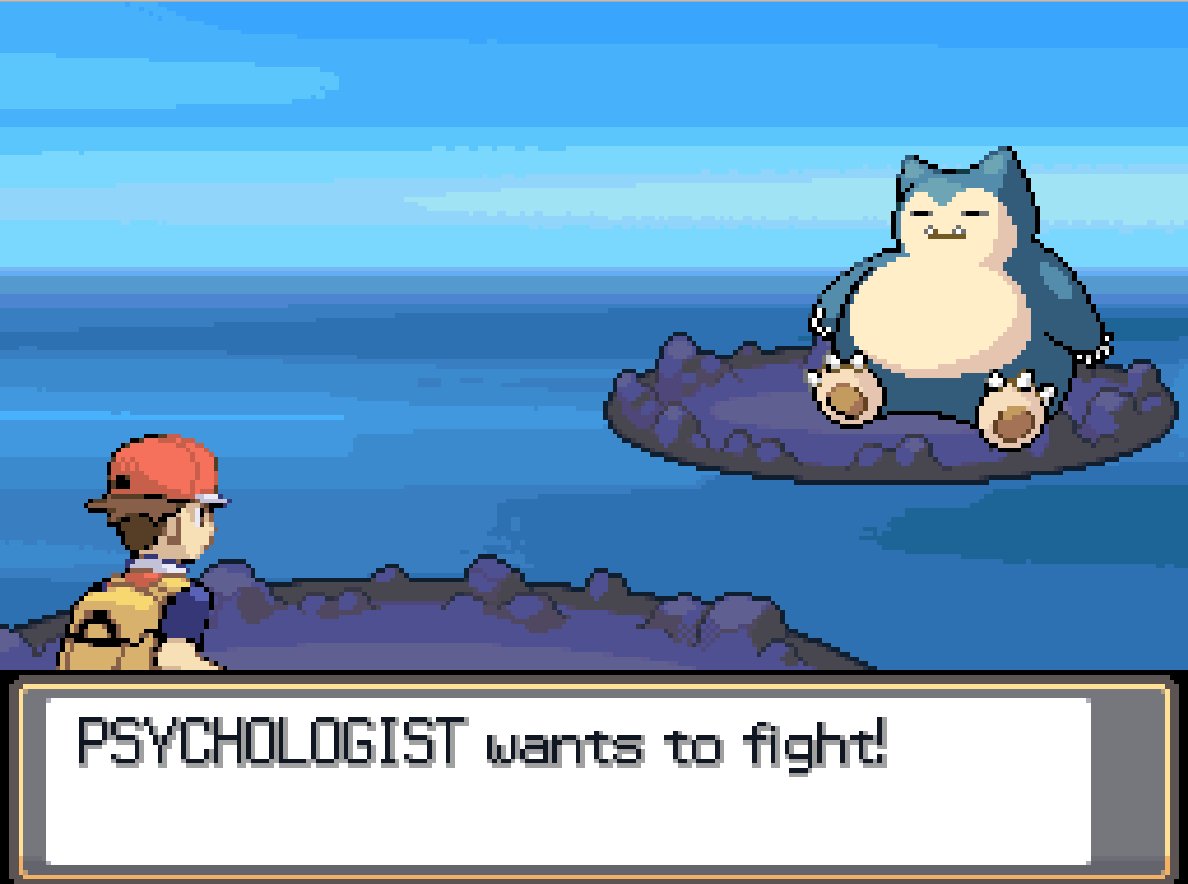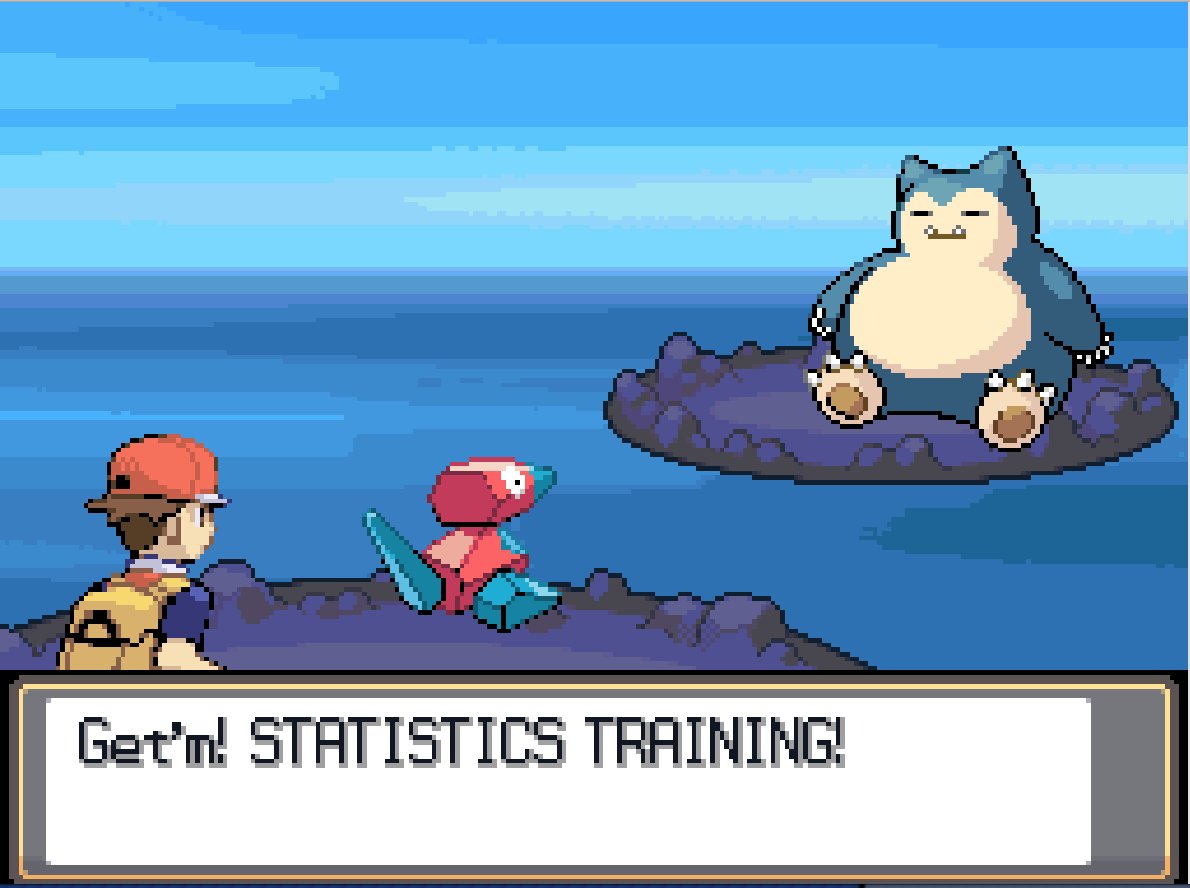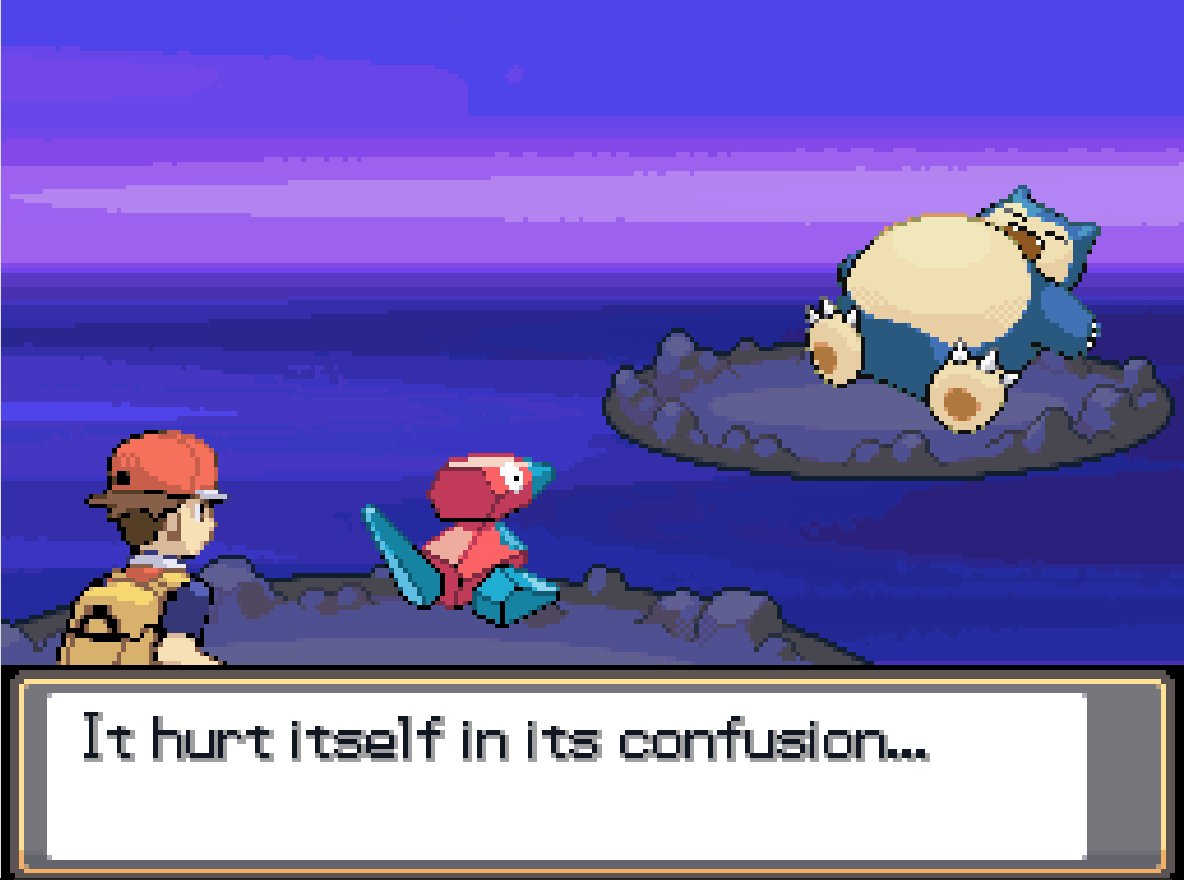
How to get URL link on X (Twitter) App





 This happens every so often: a conference attracts big media attention even though no findings are available for non-attendees to check. Quite a coup for the conference PR people but not good for anyone’s understanding of the science.
This happens every so often: a conference attracts big media attention even though no findings are available for non-attendees to check. Quite a coup for the conference PR people but not good for anyone’s understanding of the science.

 Here's the headline claim as written in the press release (eurekalert.org/news-releases/…) and reported in loads of news articles.
Here's the headline claim as written in the press release (eurekalert.org/news-releases/…) and reported in loads of news articles.

 It's interesting that the features they used ("personal email address" + "hospital affiliation" + in a subset "cites other papers with those features") are common to so many fake studies. But the reason they had such a high false-pos. rate is that lots of non-fakes have them too.
It's interesting that the features they used ("personal email address" + "hospital affiliation" + in a subset "cites other papers with those features") are common to so many fake studies. But the reason they had such a high false-pos. rate is that lots of non-fakes have them too.





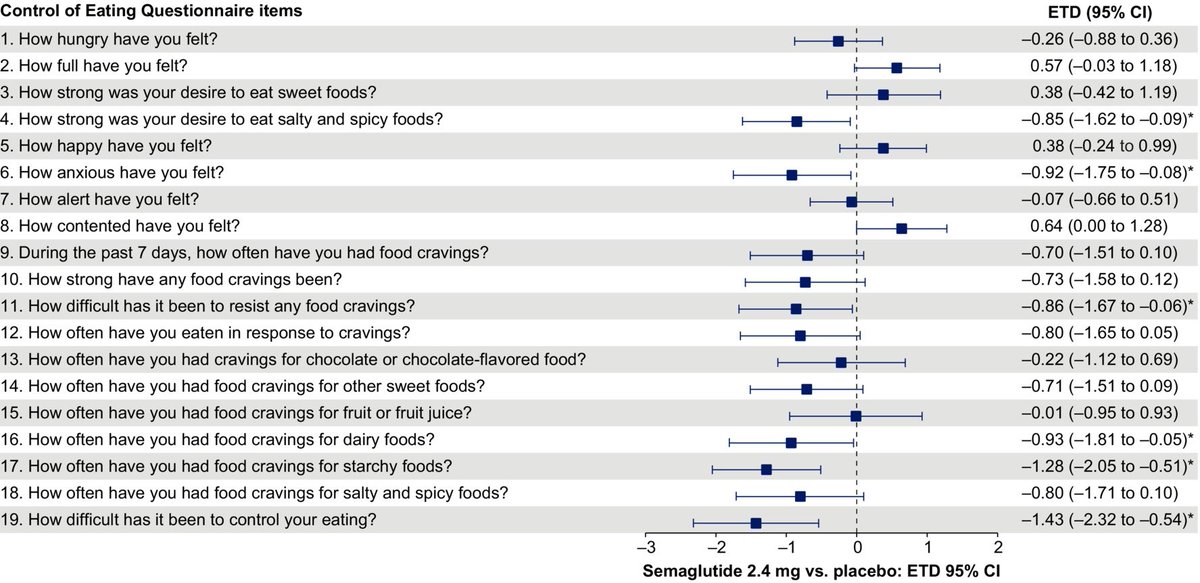




 Here's another example. I don't think you had to "dig" very far, given the *first sentence of the abstract* of the paper in question contained the phrase in the screenshot below!
Here's another example. I don't think you had to "dig" very far, given the *first sentence of the abstract* of the paper in question contained the phrase in the screenshot below! 






 But seriously, some of the responses to my breastfeeding article have been jaw-dropping. “It’s bad to write long articles querying the evidence.” “This is stopping people getting breastfeeding support”. “You must be being funded by the bottlefeeding industry.” 🤪
But seriously, some of the responses to my breastfeeding article have been jaw-dropping. “It’s bad to write long articles querying the evidence.” “This is stopping people getting breastfeeding support”. “You must be being funded by the bottlefeeding industry.” 🤪


https://twitter.com/nytimes/status/1485707740282511360?s=20A lot of scientists, and university press officers, would KILL to have one of their papers announced in a breaking news tweet by the NYT. To get such attention, the research must be really robust... right?


https://twitter.com/Covid19Critical/status/1407654619002572807I think @GidMK does a great job here: if you look at the highest-quality studies (there are a LOT of low-quality ones!), there's nothing going on. Again, doesn't mean a study won't come along and show it works! But the sheer attention this gets is bizarre. gidmk.medium.com/does-ivermecti…
https://twitter.com/s8mb/status/1344218228470460417The "evidence has changed since then" excuse can't explain it, because... it hasn't, really. It's not like a solid RCT has come along that definitively shows they work: a combination of theory and modelling strongly implies they're useful.




 You know the one: where Stanford’s David Rosenhan sent entirely healthy “pseudopatients” to psychiatric hospitals in the early 1970s, and had them complain of auditory hallucinations. They were all admitted, and even though they behaved 100% normally afterwards...
You know the one: where Stanford’s David Rosenhan sent entirely healthy “pseudopatients” to psychiatric hospitals in the early 1970s, and had them complain of auditory hallucinations. They were all admitted, and even though they behaved 100% normally afterwards...






